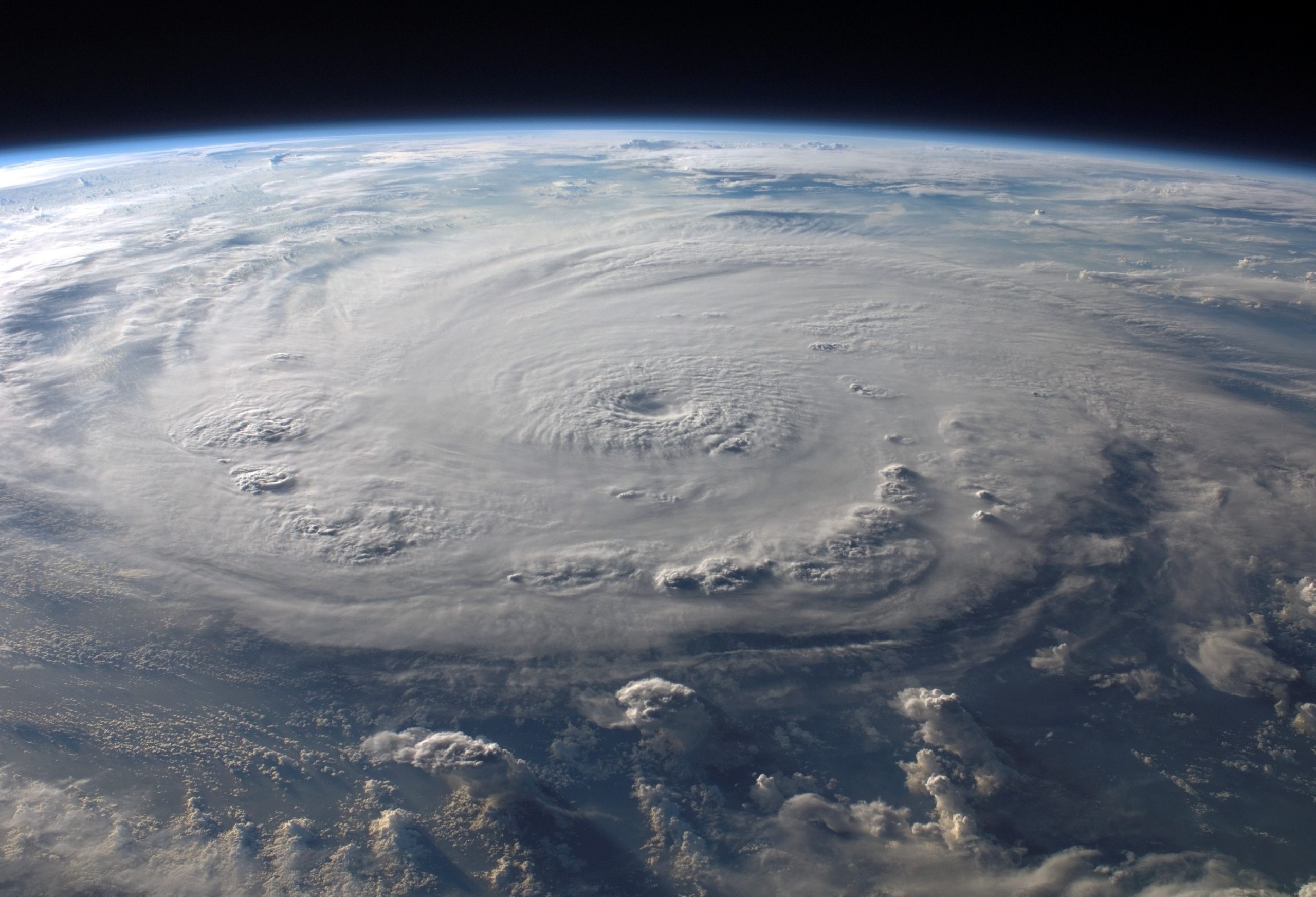Why Should You Use Standalone DFRs?
3 Ways it Pays to Monitor Power Quality
Grid Hardening Vs Grid Resilience

What Is Grid Hardening?
Grid hardening means upgrading poles, conductors, transformers, and substations so they can stand up to severe weather and cut outage time. It works hand in hand with grid resilience, which focuses on fast recovery after trouble hits.
Hurricane Irma: A Real-World Test
In September 2017 Hurricane Irma left 10 million Florida Power & Light (FPL) customers in the dark, even after FPL had invested almost $3 billion in improvements. Many asked whether the spending paid off.
Key Investments
Poles: FPL inspected 1.2 million wooden poles and replaced many with stronger concrete ones.
Lines: Crews reinforced 600 main lines and buried another 450.
Smart technology: The utility rolled out 4.8 million smart meters plus 36,000 other intelligent devices.
Results During Irma
FPL restored power four times faster than it did after Hurricane Wilma in 2005.
Fewer than 2,000 poles fell, thanks to the concrete replacements.
Stronger main lines meant crews tackled fewer large repairs.
Smart meters let technicians locate faults quickly and, in some cases, prevent damage during floods.
Lessons for Other Utilities
You cannot make any grid storm-proof, but systematic upgrades and smart monitoring cut downtime sharply. Whether your threat is hurricanes, tornadoes, wildfires, or ice, add monitoring to every hardening plan.
Next Steps
Strengthen your grid with proven monitoring technology. Explore Qualitrol transformer DGA monitors, digital fault recorders, and line-mount partial-discharge sensors—all designed to spot stress before failure.
Sources: Miami Herald; CNN Fast Facts on hurricanes.
